History of Taste: A Journey into Ancient Egyptian Cuisine (Part II)
Hey there! Welcome to the last part of the journey into ancient Egyptian cuisine. In the previous segments, we explored their kitchen setup, examined their preferences for meats, fruits, veggies, and learned about their bread choices. Today, I've highlighted their main course dishes, desserts, and beverages. We've also discussed the significance of cuisine in religion and the afterlife.
Get ready to dive into the final chapter of the history of Egyptian cuisine. If you have more details to share or any questions, feel free to let me know!
STARTERS AND MAIN COURSE:
In Egypt, meze, also known as muqabilat, is a classic dinner that consists of salads, cheeses, and bread served before the main dishes.Meals like ful medames, mashed fava beans; koshary, a concoction of lentils as well, rice, pasta, and other ingredients; molokhiya, chopped and boiled jute leaf with sauce of garlic and coriander; and feteer meshaltet are examples of foods that define Egyptian cuisine. |
| Molokhia |
With considerable variety and preparation variances, Egyptian cuisine is comparable to that of the Eastern Mediterranean, including rice-stuffed vegetables, grape leaves, shawerma, kebab, and kofta.
Some people believe that the national food is koshary, which was created in the mid-19th century, is a concoction of rice, lentils, and macaroni. Although it is Egypt's national dish, it is not truly Egyptian in origin. Macaroni and rice are not indigenous to Egypt. Koshary is said to have originated during the British colonial era in India. Another one of the most well-liked recipes is Ful Medames. Additionally, faba beans are used to make falafel, which is eaten with fresh tomatoes, tahina sauce and rocket and is most frequently known as ta'ameya in Egypt.
It is well known that the daily meals of the ancient Egyptians included a lot of garlic and onions. Boiled or roasted aubergine can be filled with fresh garlic and mashed with other herbs to make a spicy tomato salad. Molokhiya, a famous green soup prepared with finely chopped jute leaves, occasionally has chicken or rabbit added. Garlic is cooked with coriander. You may also add fried onions to Koshary. The okra and molokhiya recipes include whipping and blending the ingredients with an instrument known as a wīka, which is still in use in Egypt and Sudan today.
DESSERTS:
Every nation has unique sweets prepared in their own ways, and Egypt is no exception. Even though sweets from other nations are now prepared and served all over the world, Egypt's desserts have a distinct flavour and preparation technique.Desserts from Egypt are different in flavour even though they are comparable to those from the Levant. Rich in sugar content and composed primarily of natural ingredients are Egyptian sweets. Egypt's sweets are distinctive and always taste best when consumed here. Egyptian sweets are high in calories, but the flavour makes up for it—you'll want to savour every bite. Savour a flavour unlike any other with these delicacies from Egypt.
Egypt typically serves Kahk, a delicious cookie, during Eid al-Fitr. It is dusted with powdered sugar and can be filled with walnuts, dates, or 'agameya,' a pastry that resembles Turkish delight, or it can be eaten plain. Atayef is a type of delicious, little pancake (prepared without eggs) stuffed with cream, almonds, or raisins that is only eaten during the month of Ramadan.
 |
| Kakh |
 |
| Atayef |
Shalab and Misika are two of the most often used ingredients in Egyptian sweets. Arabic gum called misika has gained popularity as a dessert ingredient all over the world. On the other hand, shalab is a substance that is taken from the tubers of several orchids. In order to satisfy their sweet craving, Egyptians also frequently eat a lot of fresh fruits. Desserts are a necessary component of everyday meals.
Festivals have long included Egyptian delicacies. The menu for festival desserts often included sweet bread, fried pastries, honey cakes, raisin bread and sweetmeats. The ancient Egyptians sweetened their delicacies with honey and dates instead of using sugar. Served with cheese during festivals, most ancient Egyptian sweets had a gravelly texture.
BEVERAGES:
Tea-
Egypt's national beverage is tea, with coffee coming in second. Serve Egyptian tea in a glass, occasionally with milk; it's always black and tart. Sri Lankan and Kenyan tea are the only two sources of tea that Egypt imports and packs. There are two types of Egyptian tea: sa'idi and koshary.When tea first arrived in Egypt in the sixteenth century, it quickly became widely available to all social and economic classes. Egypt's closeness to the African border and the Asian mainland made tea an easy beverage to introduce and consume. Egypt refers to tea as "shai" and considers it to be the best beverage in the country—better than coffee. Egypt imports earl grey, green, Assamese, and flavoured herbal teas in addition to the 65,000–75,000 tonnes of tea that it uses domestically. The average annual intake per person is between 800 and 1000 grams. The majority of the tea eaten in Egypt is cultivated and imported from other nations, such as Kenya and Sri Lanka, as Egypt does not produce its own tea.
In Egypt, tea is an essential element of everyday life and customary manners. In most homes, it usually goes with breakfast, and it's customary to sip tea after lunch.The major causes of Egypt's burgeoning tea-drinking culture are the country's economic affordability and Islamic norms and traditions, which forbid the consumption of alcohol.
Coffee-
In Egypt, it's customary to provide a warm greeting with coffee. Usually made in a small coffee pot called a dalla or kanakah, and served in a small coffee cup called a fengan, it is prepared similarly to Turkish coffee. The coffee is often strong and sweetened to different degrees (called "al riha," "mazbout," and "ziyada," respectively) with sugar. Plain coffee, sometimes referred to as sada, is unsweetened.In order to amuse themselves and unwind after a long day's labour, the more rural and basic populations—such as the Bedouins and craftsmen—also made frequenting cafés a regular ritual. Above all, it served as a genuine socialisation tool since it allowed individuals from diverse backgrounds and circumstances to come together, interact, and form a shared community. Cafés soon evolved into social hubs and welcoming environments, akin to the cosiness of home by extension.
Beer:
Beer was a staple food and a major source of sustenance in ancient Egypt. Even as currency, beer had a significant role in Egyptian culture. In contrast to European beer, it was quite murky, packed with sediment, and extremely nutritious—almost like gruel—much like most current African brews. It was so valuable that beer jars were frequently employed as a unit of measurement and in medicine. It was a vital source of protein, minerals, and vitamins. Specific beer varieties are not well understood, yet some are referenced (such as sweet beer), albeit no particulars are provided.Pre-dynastic globular-based, narrow-necked storage pots for fermented beer have been discovered at Hierakonpolis and Abydos. The emmer wheat residue in these vessels exhibits evidence of mild subterranean heating. While not definitive proof of prehistoric beer making, it suggests that this may have been their intended function. According to archaeological findings, beer was initially prepared by baking "beer bread," which is a kind of bread that has been well-leavened and is cooked very gently to prevent killing the yeasts. The bread is then crushed over a sieve, cleaned with water in a vat, and allowed to ferment. This kind of "beer bread" is quite similar to the kind used to make bouza, which is a traditional home-brewed beer that is still enjoyed in Egypt. Some have claimed to have utilised dates or malts, but there's no hard proof.
Microscopy of beer residue indicates a new brewing process without the use of bread. Grain that had sprouted generated enzymes. After cooking the subsequent batch in water to distribute the starch, the two batches were combined. In order to make sugar, the enzymes started eating the starch. After the mixture had been sieved to get rid of the chaff, yeast and maybe lactic acid were added to start the fermentation process that would yield alcohol. There are still certain non-industrialized portions of Africa that practice this brewing technique. Though emmer wheat was used in a small number of beers, barley was used in the majority; no flavouring has yet been discovered.
FOOD FOR AFTERLIFE:
Ancient Egyptians held that, just like in this life, gods, goddesses, and departed souls—from kings to regular people—would require food and drink in the hereafter. There were other ways to make sure the dead and the gods ate. The simplest was setting real food and drink offerings on ritual tables decked out with pictures of these objects and spells that a priest or other worshipper would say. After some time, the Egyptians realised that these sacrifices would only be consumed symbolically by the gods or the dead, so they gave them to priests and other individuals in charge of funerary or deity cults.Food was also positioned close to the mummy inside the actual tomb. Early Middle Kingdom tombs may have included three-dimensional representations of daily tasks including preparing bread and beer, tending to livestock, storing grain, and killing animals. Lastly, images of heaped food offerings, people carrying food, and lists of goods that will be given to the dead were shown in tomb chapels or temples. With these diverse techniques, the ancient Egyptians were ready for every eventuality: in the event that food offerings ceased to be made, the representations would serve; in the event that they were destroyed, food reserves remained within the tomb itself.
FOOD AND RELIGION:
Food has been a major part of human history, particularly in religious rituals. There is no exception in the religion of the ancient Egyptians, where food played a major role in ceremonies, beliefs, and daily life. The gods themselves required food to survive, according to the ancient Egyptians, who also thought that food was a necessary component of the afterlife. This article will examine how food functioned in Ancient Egyptian religion, including how important it was to their belief system, how important ceremonial offerings were, and what kinds of food were employed.The idea that the deity Atum created the universe by spitting it out is the source of the significance of food in Ancient Egyptian religion. This led to the belief that food was the origin of all creation and that it was essential to life's continuance on Earth and in the hereafter. The gods, according to the beliefs of the ancient Egyptians, needed food to survive and preserve the universe's equilibrium. Food was therefore considered to have divine powers and was a necessary component of their religious rituals.
The usage of offerings was one of the most important facets of Ancient Egyptian religion. The purpose of offerings was to keep the gods kind and to guarantee that they would always assist the humans. The most popular gift to the gods was food, which was thought to provide the celestial creatures nourishment and vitality. It was thought that these sacrifices were genuine food for the gods, not just symbolic offerings. Because they felt they had been infused with the holy spirit, the priests and worshippers in certain temples thought the sacrifices to be so strong that they swallowed them after they were delivered to the gods.
Depending on the god being worshipped and the occasion, different foods were presented to the gods. Offerings were offered to beg for favours or to placate the anger of the gods, or as a way to express gratitude for blessings obtained. Depending on the worshippers' means, the gifts might range from straightforward bread and beer to extravagant feasts. The most popular offerings included wine, bread, beer, meat, veggies, and fruit. Still, the gifts may also consist of more costly and exotic objects like precious metals, incense, and spices.
Food was a necessary component of the many festivals and rites of Ancient Egyptian religion in addition to offerings. Eating was a common way to commemorate the planting and harvesting seasons, and many of these customs had to do with agriculture. Held yearly in Thebes, the Opet celebration commemorated the resuscitation of the pharaoh's reign and was considered the most significant celebration in Ancient Egyptian religion. Over the course of the twenty-seven-day celebration, priests and worshippers offered copious amounts of food and wine to the gods. During this event, the populace had the chance to thank the gods for their favours and reaffirm their devotion to the heavenly order.
So, here we conclude our gastronomic expedition through the flavors of ancient Egypt—a journey that transcended time, bridging the gap between the past and the present. As we bid farewell to this culinary exploration, let the aromas and tastes linger, reminding us of the vibrant tapestry woven by the people who once called the Nile's fertile banks their home. If you have more details to share or questions to unravel, the culinary adventure remains open for further discovery. Until then, savour the essence of Egypt's culinary legacy!
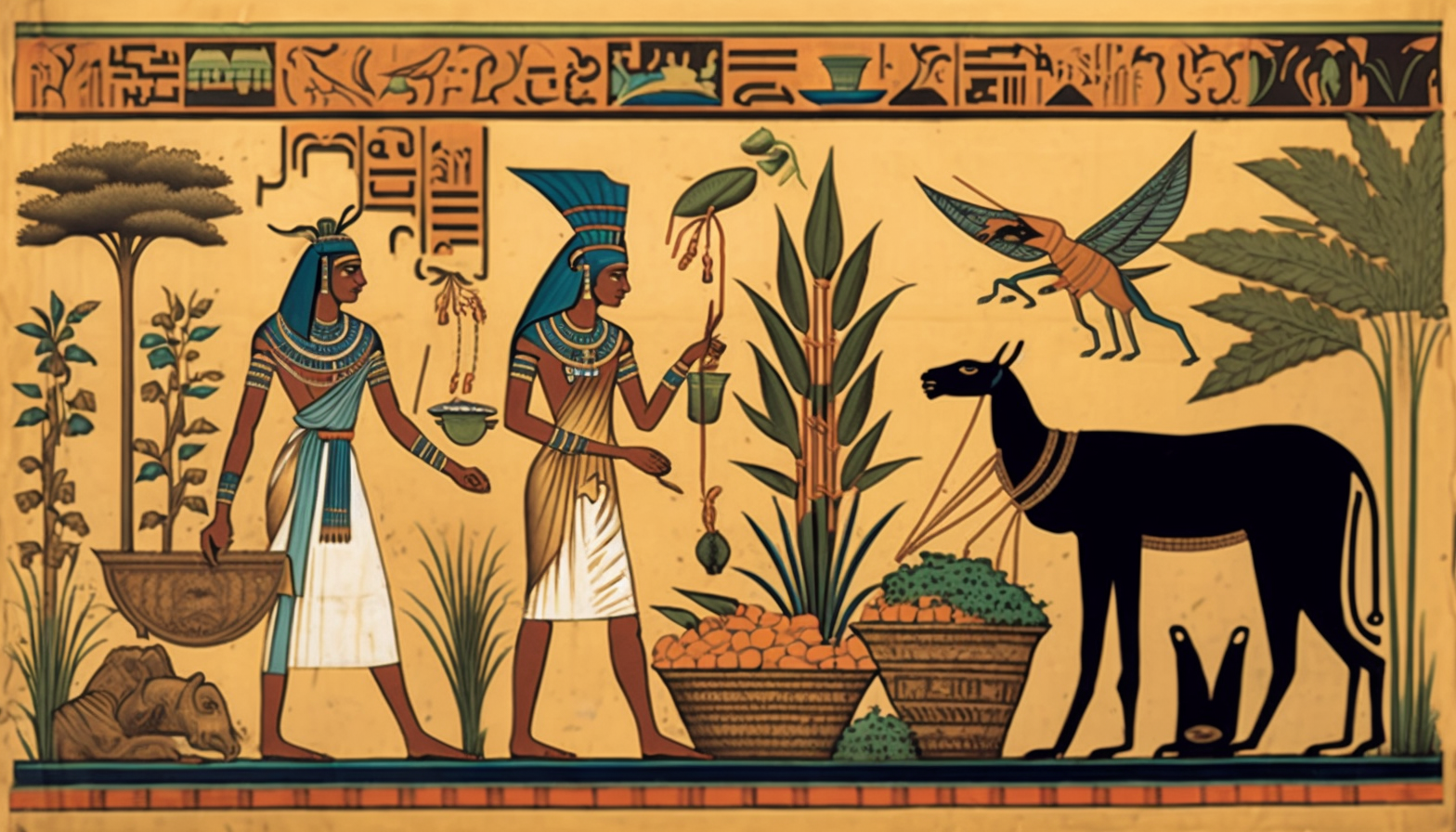
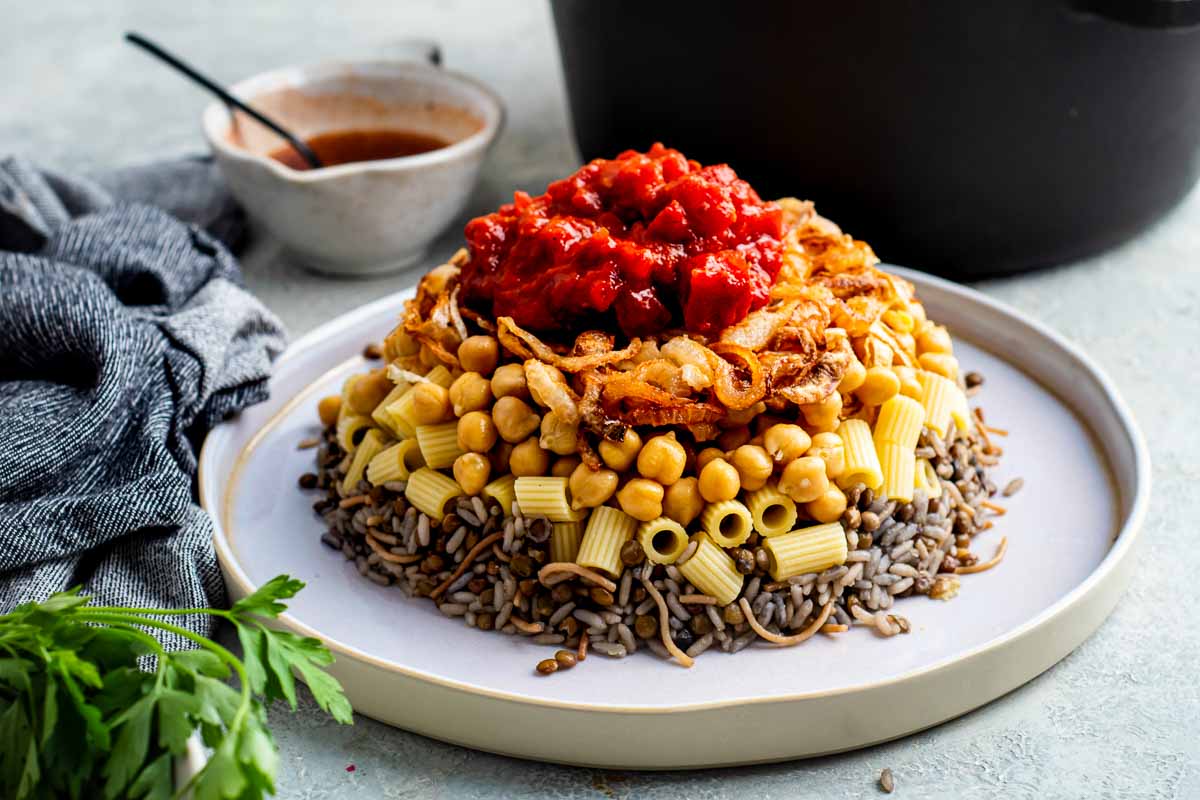
.jpg)
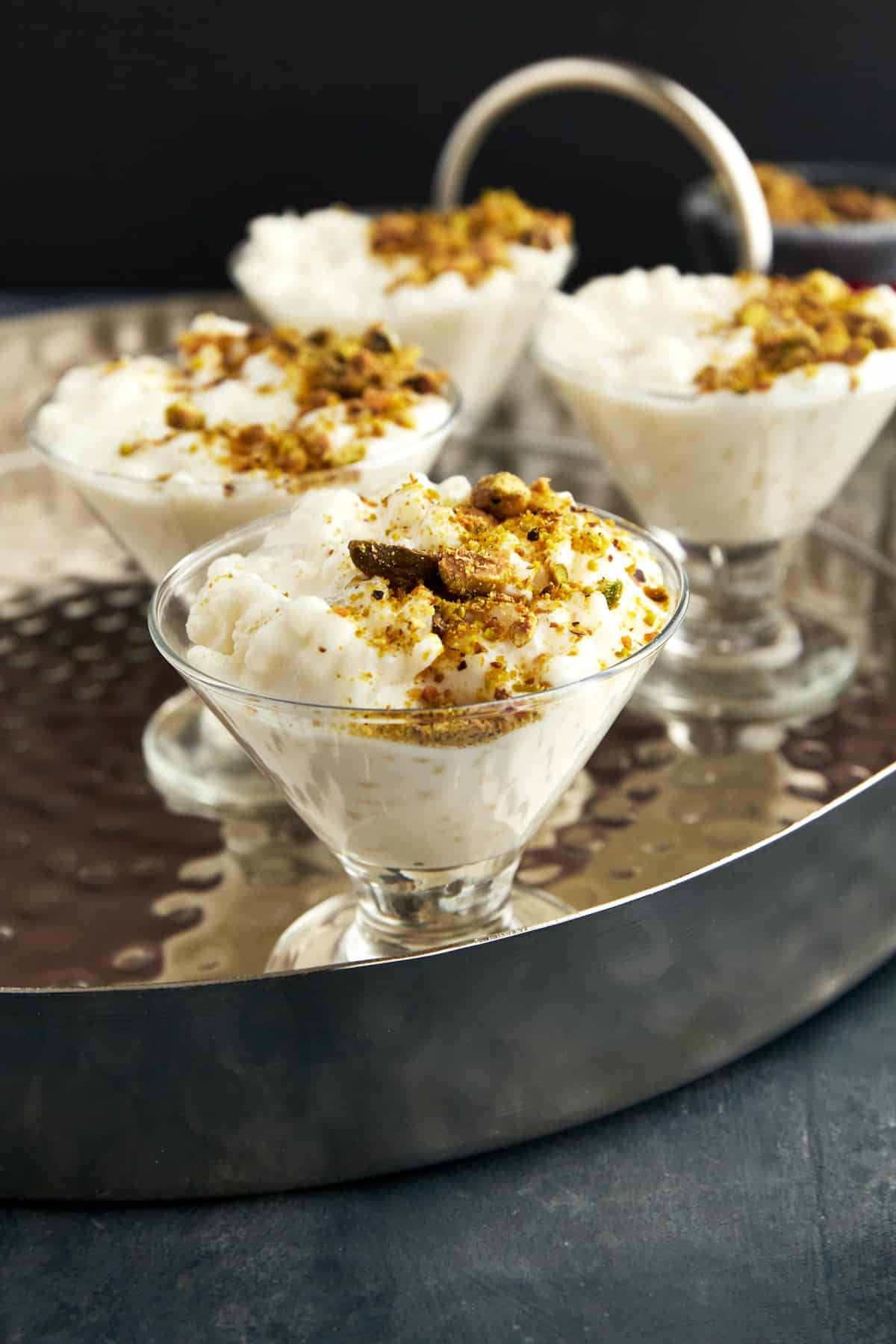
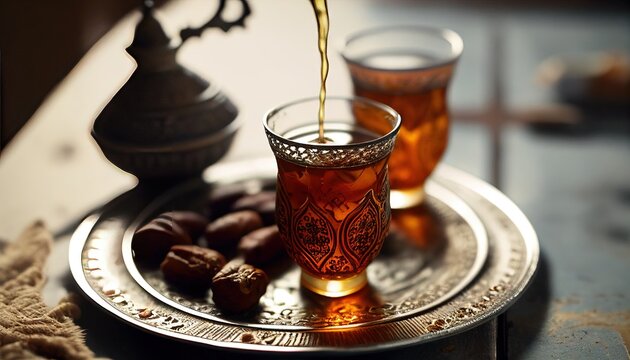

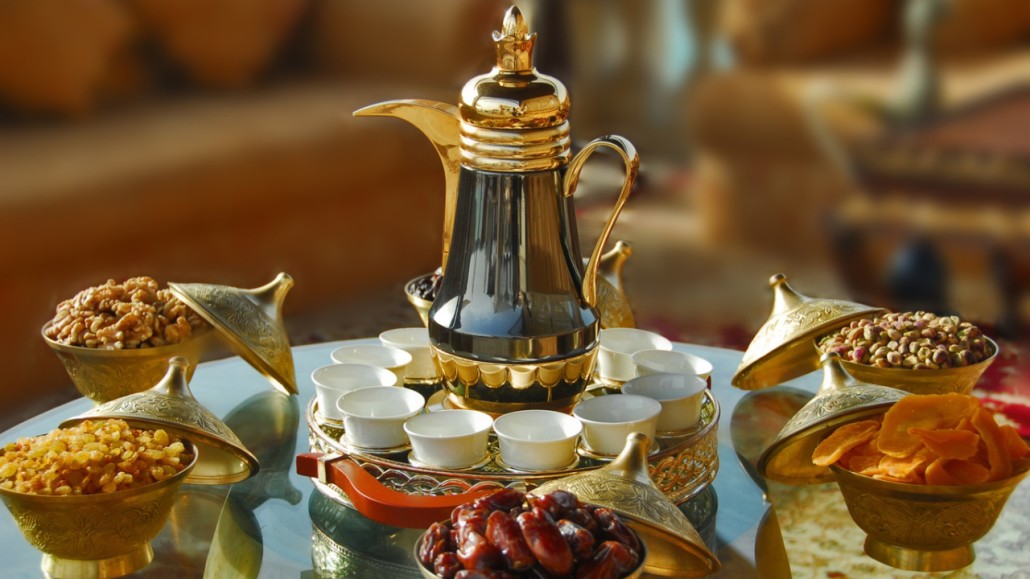
:max_bytes(150000):strip_icc()/Everything-You-Need-To-Know-About-Turkish-Coffee-FT-1-BLOG0822-2000-81998ccec0b845fa8d3174584a2eef5d.jpg)




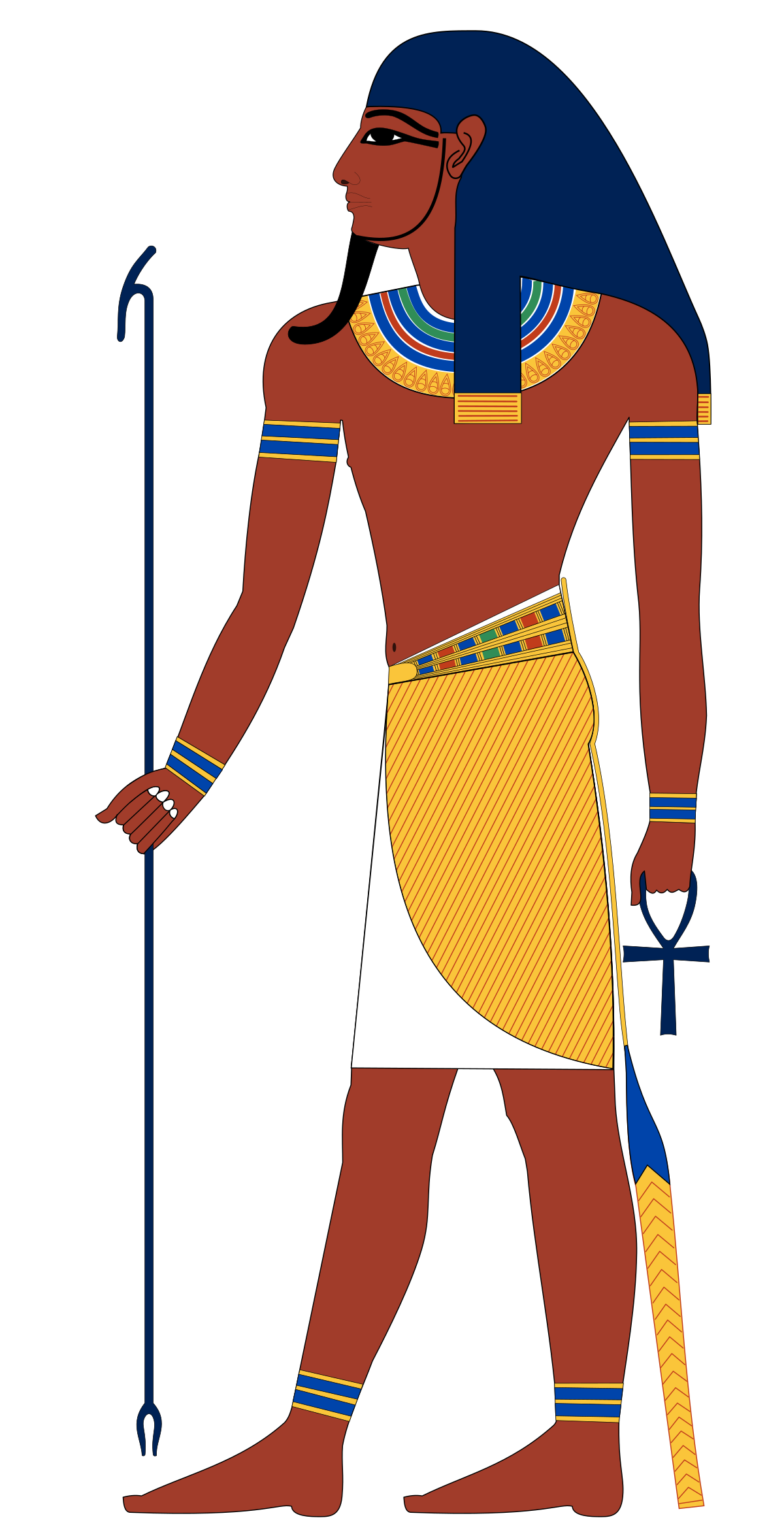

Comments
Post a Comment